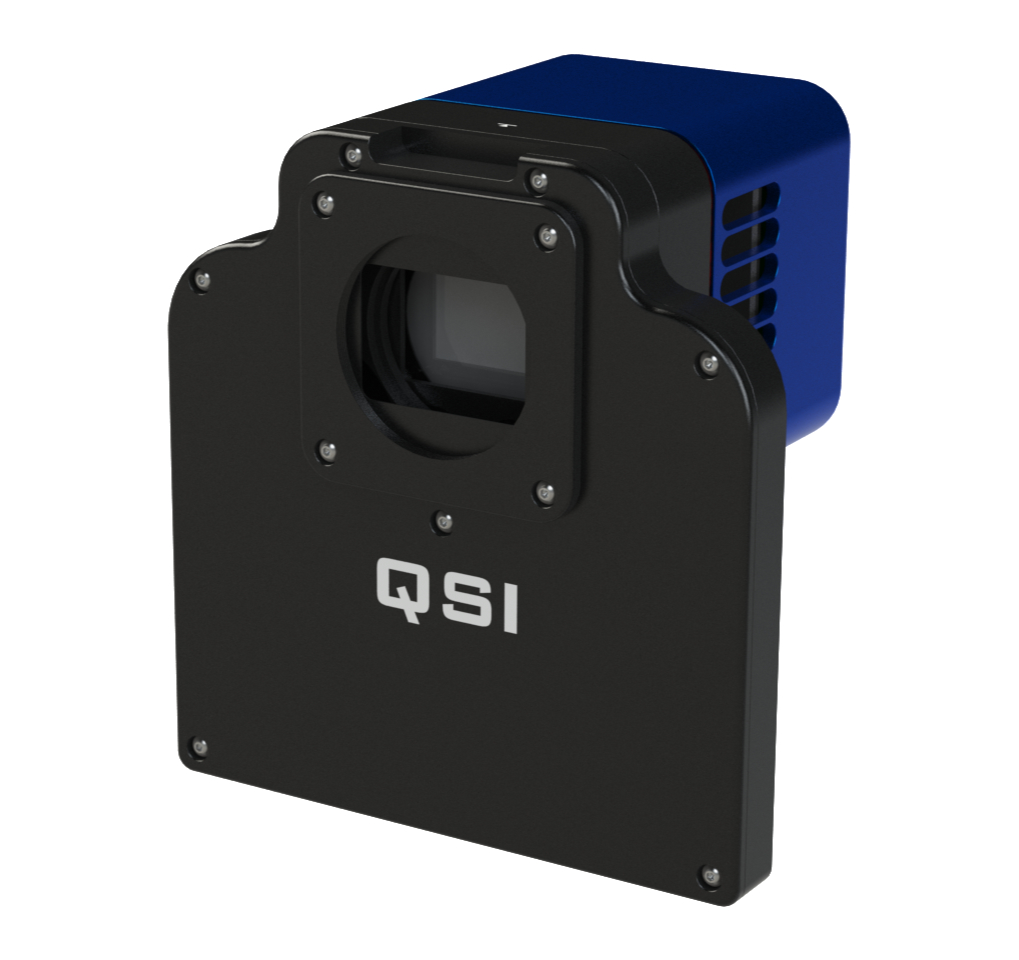The evolution of sensor technologies in astro imaging is a fascinating journey, marked by significant technological advancements that have transformed the way we capture the night sky. From the early days of film to the cutting-edge CMOS sensors, each leap in technology has brought new possibilities and challenges for astrophotographers.
In the beginning, there was film. For decades, film was the primary medium for capturing astronomical images. Its chemical process of capturing light made it a natural choice for early astrophotographers. However, film had limitations in sensitivity and dynamic range, which were particularly pronounced in the demanding conditions of night sky photography.
Then came the era of ‘hypering’ film. This process involved treating photographic film with hydrogen gas to increase its sensitivity to light, especially the red hues of nebulae, which are often elusive in standard film photography. Hypering film extended the capabilities of astrophotographers, allowing them to capture fainter objects and more detail. However, the process was delicate and the results varied, making it more of an art than a science.
The real game-changer was the advent of Charge-Coupled Devices (CCDs). CCDs, developed by companies like Kodak and Sony, revolutionized astro imaging. These digital sensors had several advantages over film: they were more sensitive to light, had a wider dynamic range, and allowed for immediate image viewing and processing. CCDs from Kodak were among the first to be widely adopted in the astronomy community, known for their quality and reliability. Sony also made significant contributions, developing CCDs with even greater efficiency and lower noise, which were crucial for long-exposure astrophotography.
The latest milestone in this journey is the development of the IMX455 CMOS sensor by Sony. CMOS sensors, in general, have begun to outpace CCDs in many aspects of astro imaging. This particular sensor represents the cutting edge of this technology. The IMX455 is a full-frame sensor with extremely high resolution, excellent quantum efficiency, and reduced noise, even at high ISO settings. This makes it incredibly effective for capturing detailed and nuanced images of celestial objects.
Each of these technologies—film, hypered film, CCD, and the latest CMOS sensors—has played a pivotal role in the evolution of astro imaging. They reflect the ongoing quest for better, more efficient ways to capture the beauty and mystery of the cosmos. For enthusiasts and professionals alike, understanding these technologies is not just about knowing the tools of the trade; it’s about appreciating the art and science that goes into every image of the night sky.
